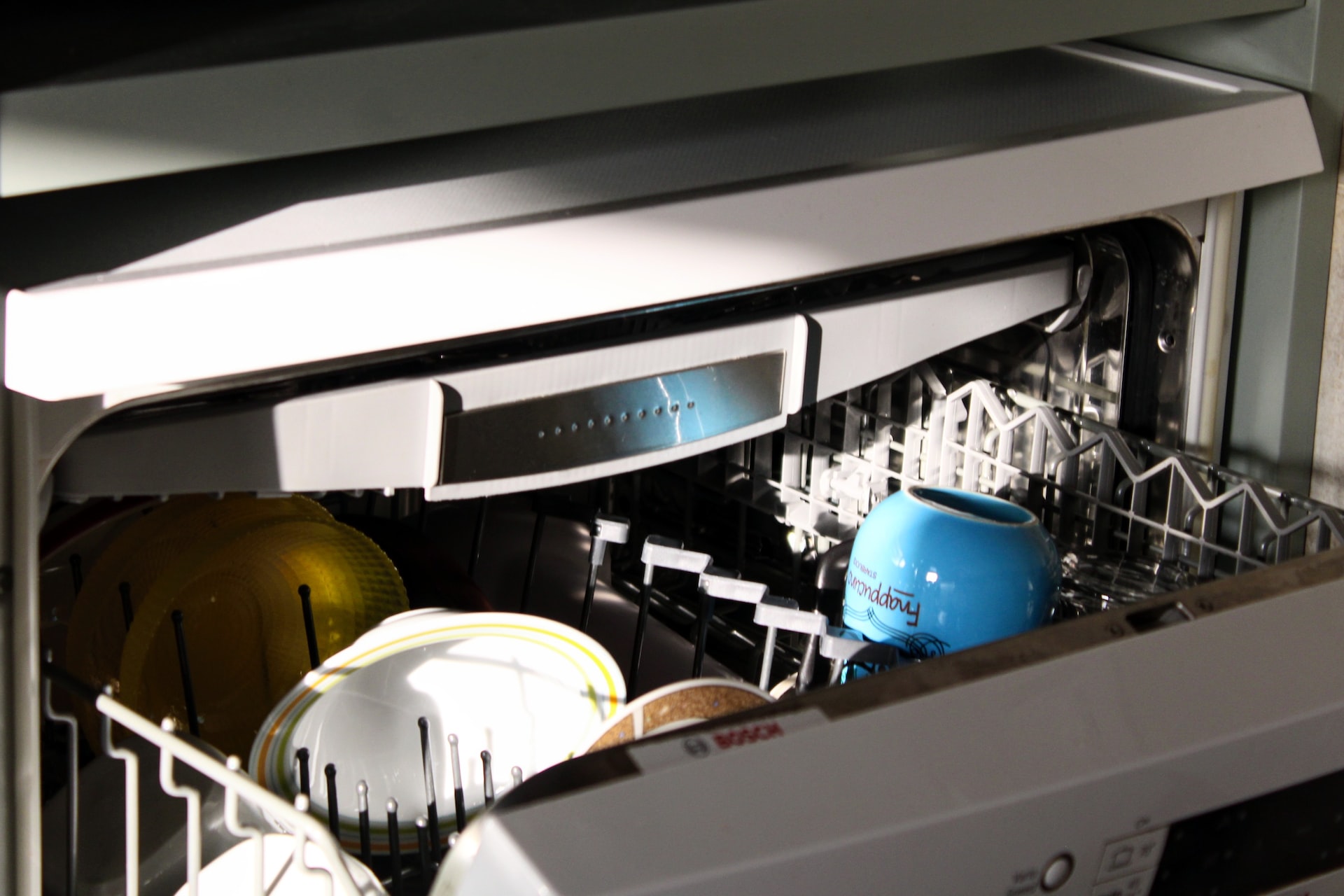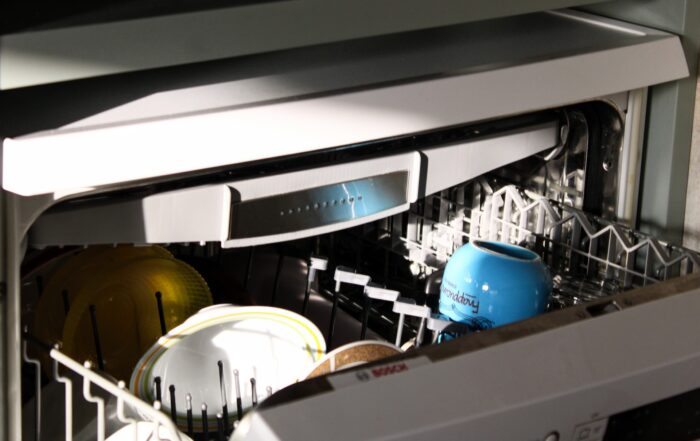What is fingerprint-resistant stainless steel?
Fingerprint-resistant stainless steel is a type of stainless steel that is specially treated to repel fingerprints. It’s also referred to as fingerprint-proof or fingerprint-free stainless steel. It’s important to note that the term “fingerprint-proof” isn’t technically correct because nothing is truly “fingerprint-proof.” The manufacturers simply use this term as an easy way for consumers to understand how the product works and what it does. It’s considered one of the best materials for kitchen appliances because it’s durable and easy to clean, but Fingerprint-resistant stainless steel is more expensive than regular stainless steel, and you can expect to pay about 40% more for appliances that are made from this type of material. When it comes to fingerprint-proof stainless steel, there are several ways that manufacturers can achieve this effect. One method is through a special coating that’s applied during manufacturing. Another option is using a unique surface finish that makes fingerprints less visible than they would be on regular stainless steel.
- Let’s look at the first method. So, The fingerprint-resistant material is applied to the item using a special technique called PVD (physical vapor deposition). The process involves coating the steel with a thin layer of titanium nitride. This layer is then polished to create an ultra-smooth finish that repels fingerprints like magic! This is a great option if you have kids and want to keep your stainless steel appliances looking brand new. The downside of this material is that it can be more expensive than regular stainless steel. In addition, the PVD process tends to leave a slightly visible line around the edge of each appliance. This may not be noticeable when you’re buying appliances for your home but could be an issue if you’re purchasing commercial equipment that needs to look perfect at all times.
- The second option is a treatment that makes fingerprints less visible on stainless-steel surfaces than they would be on regular metal. This process is called electro-polishing and it involves using an electric current to remove tiny particles from the surface of the metal. It’s a great option if you want to keep your appliances looking clean without having to wipe them down every time someone touches them. This method is also relatively inexpensive and can be done on any type of stainless steel. The downside of electro-polishing is that it doesn’t last forever; over time, the film will wear off and need to be reapplied.
So, to sum up, which fingerprint-proof stainless steel appliances are worth spending money on—those coated with fingerprint-resistant material using the technique called PVD or those that have been given an electro-polished layer of metal? We’d say both. The PVD method is more durable, but it also costs more. If you don’t mind having to reapply the coating once in a while and want to save some money, then consider electro-polished stainless steel appliances instead. Both methods provide excellent fingerprint-proofing and will keep your kitchen looking clean and modern for years to come.









Leave A Comment